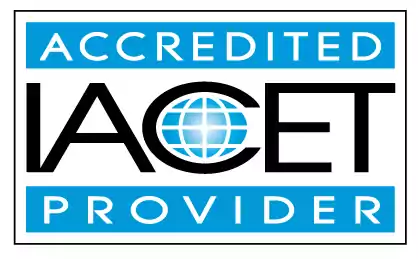Identify the signs of abuse and neglect.
Learn how to identify signs of abuse and neglect in early childhood education and child care centers. Discover different types of abuse and the corresponding signs to ensure the safety and well-being of children.Trainings incorporating this outcome
Proficiency Level
Target Audience
Price
States
Alabama (1) Alaska (1) Alberta (1) Arizona (1) Australia (1) California (1) Colorado (1) Connecticut (1) Delaware (1) District of Columbia (1) Florida (1) Georgia (1) Hawaii (1) Idaho (1) Indiana (1) Iowa (1) Jamaica (1) Kansas (1) Louisiana (1) Maine (1) Manitoba (1) Maryland (1) Massachusetts (1) Michigan (1) Minnesota (1) Mississippi (1) Montana (1) Nebraska (1) Nevada (1) New Hampshire (1) New Mexico (1) Newfoundland and Labrador (1) North Dakota (1) Nova Scotia (1) Ohio (1) Oklahoma (1) Ontario (1) Oregon (1) Prince Edward Island (1) Puerto Rico (1) Quebec (1) Rhode Island (1) Saskatchewan (1) South Dakota (1) Texas (1) Thailand (1) United Kingdom (1) Utah (1) Vermont (1) Virgin Islands (1) Virginia (1) Washington (1) West Virginia (1) Wisconsin (1)
2 hours courses
Related Outcomes
- Identify types of abuse, by identifying signs of abuse and neglect
- Identify the signs of child abuse and neglect.
- Identify types of abuse, by recognizing signs of physical abuse
- Identify the signs of child abuse and neglect and demonstrate knowledge of appropriate reporting process.
- Identify types of abuse, by recognizing sexual abuse
- Identify types of abuse, by recognizing emotional abuse
- Identify safe practices with infants including SIDS, Abusive Head Trauma, and SBS.
- Define and identify common signs and behaviors of children and youth with conduct disorder.
- Identify strategies for the child care provider that will promote successful child development. Identify strategies for working with children with special needs
- Define and identify common signs and behaviors of children and youth with cerebral palsy.
- Define and identify common signs and behaviors of children and youth with developmental disabilities.
- Define and identify common signs and behaviors of children and youth with ADHD.
- Identify the signs of illness in children and describe when a child should be excluded from care
- Define and identify common signs and behaviors of children and youth with hearing loss.
- Give examples on types of abuses and neglect.
- Define and identify common signs and behaviors of children and youth with anxiety.
- Define and identify common signs and behaviors of children and youth with depression.
- Identify types of abuse in infants and toddlers, how to report, and who are mandated reporters.
- Define and identify common signs and behaviors of children and youth with Autism Spectrum Disorder.
- Identify types of abuse in infants and toddlers.
 0.2 CEUs
0.2 CEUs